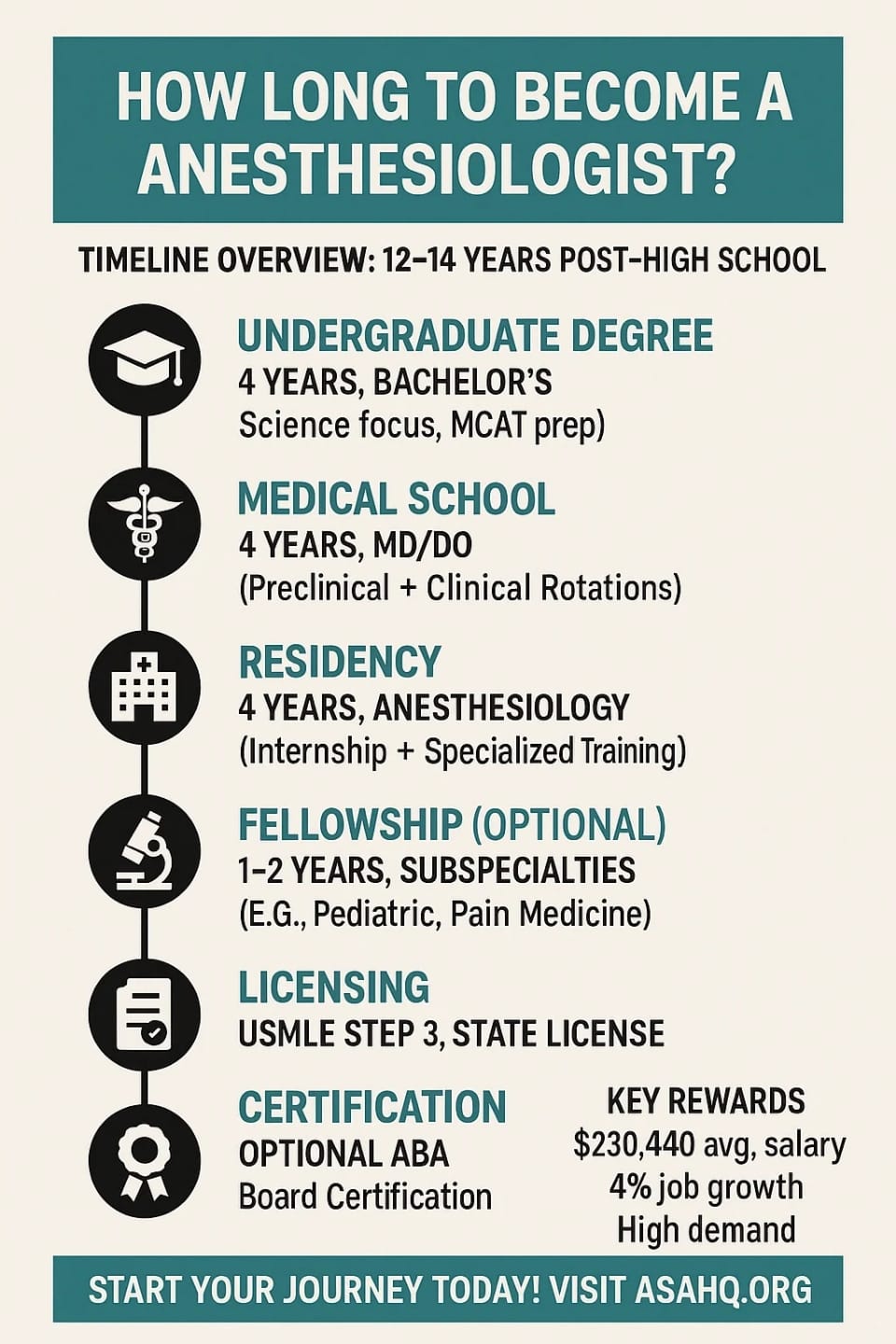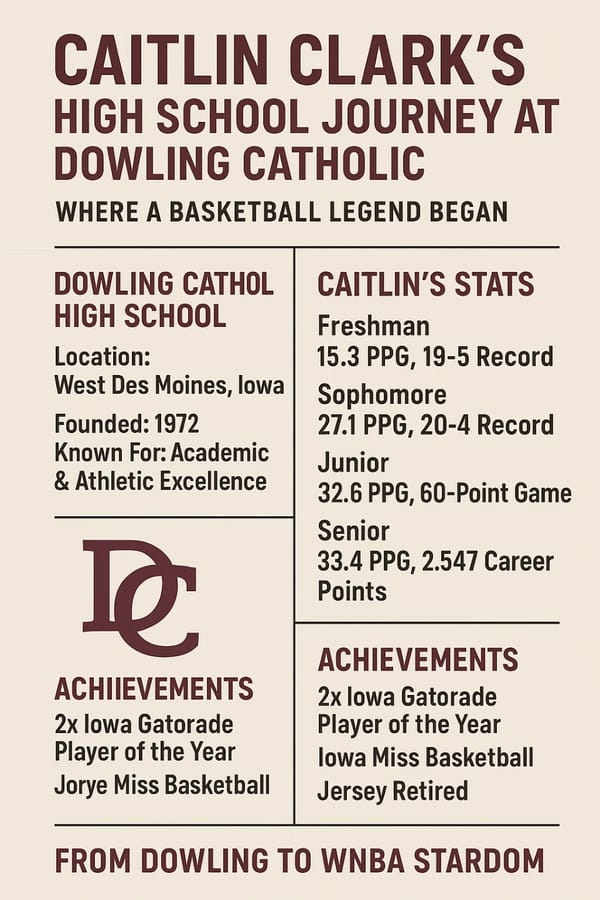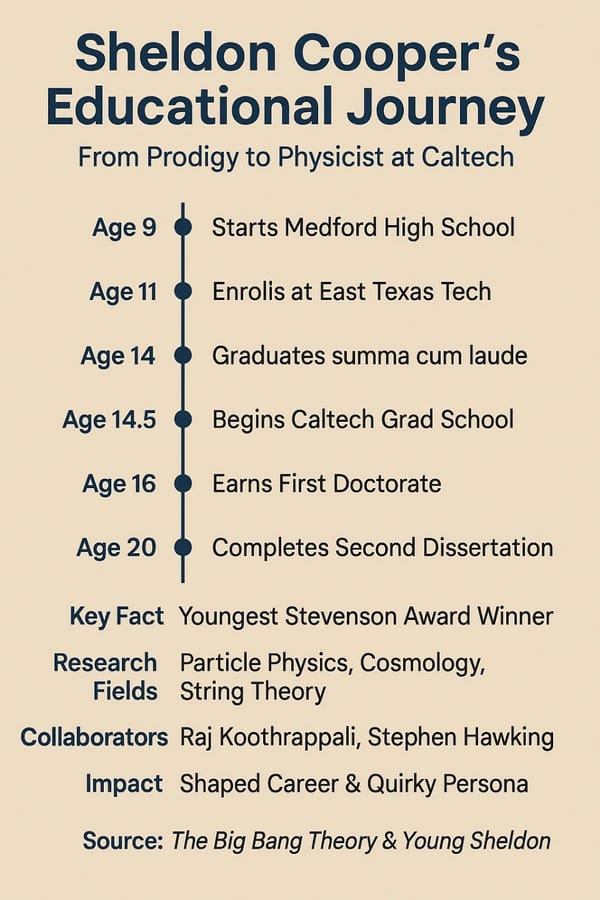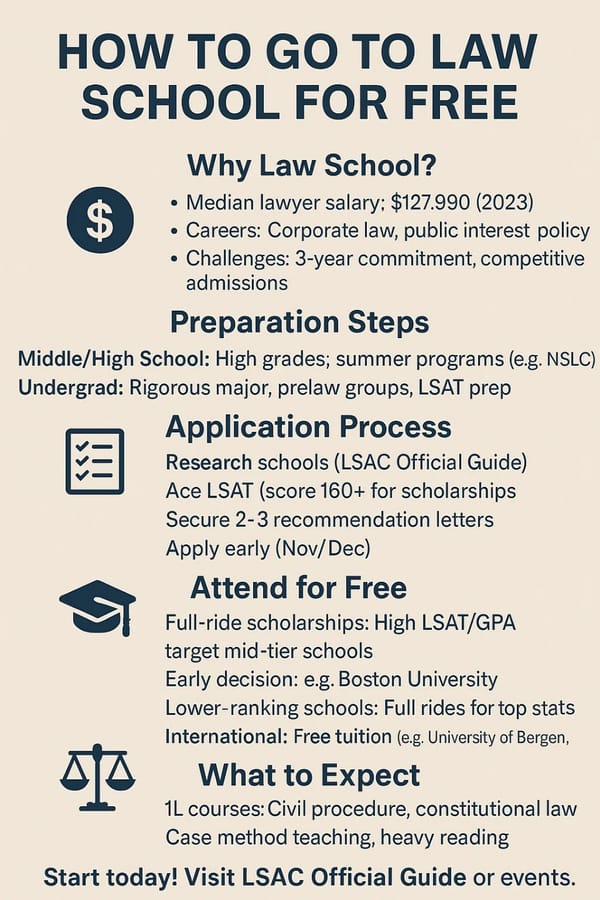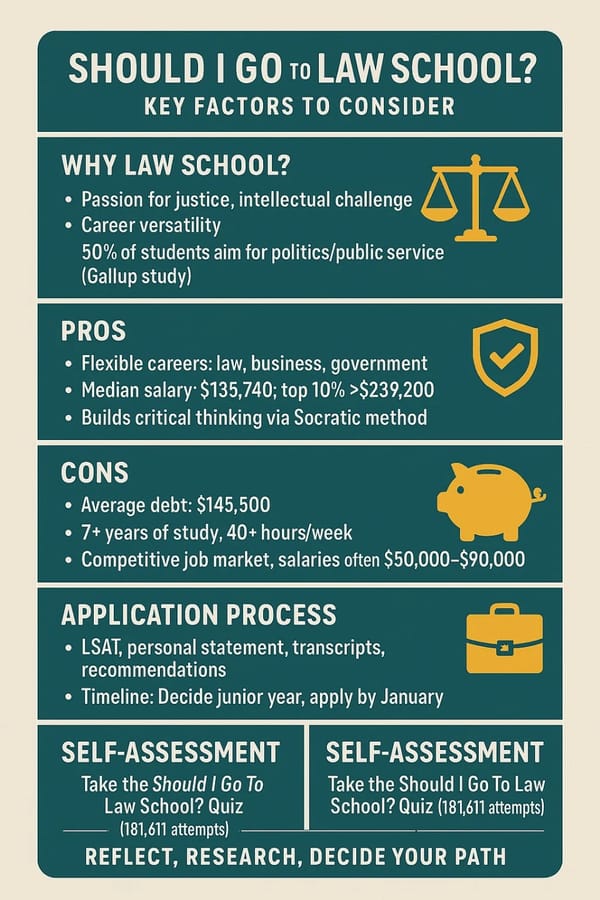Anesthesiology Career Path Calculator
How Long Does It Take to Become an Anesthesiologist? A Comprehensive Guide
The journey to becoming an anesthesiologist is a remarkable blend of dedication, intellect, and compassion, set against the high-stakes backdrop of the operating room. For those captivated by medicine and patient care, one question stands out: How long does it take to become an anesthesiologist? Typically, it requires 12 to 14 years of rigorous education and hands-on clinical training after high school. This comprehensive guide breaks down each step, explores the challenges and rewards, and offers clarity for high school students dreaming of a medical career or college graduates weighing their next move. Packed with insights and practical advice, this article will inspire and inform your path to anesthesiology.
Why Anesthesiology? The Appeal of the Profession
Anesthesiology is a dynamic specialty that merges critical thinking, technical precision, and empathy. Anesthesiologists ensure patient safety during surgeries, manage pain, and provide critical care, making them indispensable in healthcare. The profession offers compelling advantages:
- Growing Demand: An aging population drives the need for surgical procedures, ensuring job security.
- High Earnings: Anesthesiologists earn an average of $230,440 annually, per Indeed.com.
- Work-Life Balance: Unlike some medical fields, anesthesiology often offers predictable schedules.
- Variety: From pediatric cases to complex cardiac surgeries, every day brings new challenges.
Yet, this rewarding career demands significant time and effort. Let’s dive into the timeline and requirements, step by step.
The Educational Journey: A Step-by-Step Breakdown
Becoming an anesthesiologist takes 12 to 14 years post-high school, depending on whether you pursue specialized training. Here’s a detailed look at each stage.
Undergraduate Education (4 Years)
The first step is earning a bachelor’s degree, typically a 4-year endeavor. While medical schools accept any major, aspiring anesthesiologists often choose science fields like biology, chemistry, or physics to tackle prerequisite courses, including:
- General and organic chemistry
- Biology
- Human anatomy
- Physics
- Mathematics (calculus and statistics)
Students must excel academically and prepare for the Medical College Admission Test (MCAT), a key requirement for medical school. Volunteering, shadowing doctors, or working in healthcare settings strengthens applications. As noted by AUC School of Medicine, extracurricular activities like these enhance a student’s competitive profile.
Personal Insight: Shadowing an anesthesiologist during college opened my eyes to the calm precision required in the operating room. It wasn’t just about mastering science—it was about staying composed under pressure, a skill I knew I’d need to hone.
Medical School (4 Years)
After undergraduate studies, medical school follows, a 4-year program culminating in a Doctor of Medicine (MD) or Doctor of Osteopathic Medicine (DO) degree. The curriculum splits into two phases:
Preclinical Years (Years 1-2)
The first two years focus on classroom learning, covering:
- Human physiology
- Pharmacology
- Anatomy
- Pathology
- Biochemistry
These subjects build the foundation for understanding how the body responds to anesthesia and surgery. Students also develop clinical skills, like taking patient histories.
Clinical Rotations (Years 3-4)
In the final two years, students engage in clinical rotations, gaining hands-on experience in specialties like surgery, internal medicine, pediatrics, and anesthesiology. Rotations allow students to administer anesthesia under supervision, manage patient care during procedures, and confirm their passion for the field.
Students must pass the United States Medical Licensing Examination (USMLE) Step 1 and Step 2 (or COMLEX-USA for DO students) to advance to residency and secure licensure. According to Join Leland, high scores are crucial for landing competitive anesthesiology residencies.
Anesthesiology Residency (4 Years)
Post-medical school, aspiring anesthesiologists enter a 4-year residency in anesthesiology, where specialized training takes center stage. The structure includes:
PGY-1 (Internship Year)
The first postgraduate year (PGY-1) is a transitional period, exposing residents to broad clinical areas like internal medicine, general surgery, and emergency care. This builds a strong foundation for anesthesiology-specific work.
PGY-2 to PGY-4
The remaining three years focus on anesthesiology, teaching residents to:
- Administer general and regional anesthesia
- Monitor vital signs during surgery
- Manage acute and chronic pain
- Provide critical care in intensive care units
Residency is demanding, with long hours and high-stakes responsibilities. Residents must pass the American Board of Anesthesiology (ABA) exams: the Basic Exam (after PGY-1), Advanced Exam (end of residency), and Applied Exam (written and practical components). These ensure competency and prepare residents for board certification.
Fellowship (Optional, 1-2 Years)
For those seeking deeper expertise, a fellowship adds 1 to 2 years. Popular subspecialties include:
- Pediatric anesthesia
- Cardiac anesthesia
- Pain medicine
- Critical care medicine
- Obstetric anesthesia
While optional, fellowships enhance career opportunities, especially in academic or specialized roles. For instance, pain medicine fellowships may involve advanced training in spinal cord stimulators, as shared in ASA patient stories.
Total Timeline
Here’s a clear summary of the timeline:
| Stage | Duration | Description |
|---|---|---|
| Undergraduate Degree | 4 years | Bachelor’s degree with science prerequisites and MCAT preparation |
| Medical School | 4 years | MD or DO degree with preclinical studies and clinical rotations |
| Residency | 4 years | Anesthesiology training, including internship and specialty-specific work |
| Fellowship (Optional) | 1-2 years | Subspecialty training for advanced expertise |
- Without fellowship: 12 years
- With fellowship: 13-14 years
Some accelerated programs combine undergraduate and medical school into 6 years, but these are rare and highly selective.
Licensing and Certification: Sealing the Journey
To practice, anesthesiologists must obtain a state medical license, requiring passage of the USMLE Step 3 (or COMLEX-USA Level 3 for DOs), typically taken during or after residency. This exam tests clinical decision-making and readiness to practice independently.
Board certification by the American Board of Anesthesiology (ABA) is optional but highly valued. It involves passing the ABA’s exams, showcasing expertise and boosting job prospects. Certified anesthesiologists often command higher salaries and greater credibility.
Challenges Along the Path
The road to anesthesiology is rewarding but not without obstacles:
- Lengthy Training: Over a decade of education can test even the most driven individuals.
- High Responsibility: As one anesthesiologist shared in an AMA profile, “The most challenging aspect is the frequency of surprises. You have to be ready for anything.”
- Constant Vigilance: Another noted, “An anesthesiologist must maintain a constant state of hypervigilance, continuously monitoring the patient.”
These challenges demand resilience, quick thinking, and unwavering commitment.
Rewards of Anesthesiology: Why It’s Worth It
Despite the hurdles, anesthesiology offers profound rewards. Anesthesiologists transform lives by ensuring safe surgeries and alleviating pain. Stories from the American Society of Anesthesiologists highlight moments like:
- Helping a chronic pain patient regain mobility with a spinal cord stimulator.
- Detecting a second cancer during a preoperative exam, potentially saving a life.
The career also delivers:
- Financial Security: Salaries averaging $230,440, with potential for more in specialized roles.
- Job Stability: A 4% job growth projected through 2031, per the Bureau of Labor Statistics.
- Fulfillment: As one anesthesiologist reflected, “I chose anesthesiology for the variety of patients—newborns to the elderly. The OR is where lives change.”
Personal Anecdote: I once met an anesthesiologist who shared a quirky patient story about a man convinced he’d been abducted by UFOs as a child. It was a reminder that this field blends technical mastery with human connection, keeping every day unpredictable and engaging.
A Day in the Life of an Anesthesiologist
What does an anesthesiologist’s day look like? Here’s a glimpse:
- Morning Prep: Review patient charts, assess medical histories, and discuss anesthesia plans.
- During Surgery: Administer anesthesia, monitor vitals, and adjust medications for stability.
- Postoperative Care: Ensure safe recovery, manage pain, and address complications.
- Teamwork: Collaborate with surgeons, nurses, and staff to deliver seamless care.
This role demands adaptability, precision, and strong communication skills.
Practical Tips for Aspiring Anesthesiologists
Ready to start? Here are actionable steps:
- Excel Academically: Prioritize science courses and maintain a high GPA for medical school.
- Gain Experience: Volunteer, shadow anesthesiologists, or work in healthcare to build your resume.
- Ace the MCAT: Use study resources and practice tests to secure a competitive score.
- Research Programs: Seek medical schools and residencies with strong anesthesiology tracks.
- Stay Committed: The journey is long, but passion and focus will carry you forward.
Conclusion: Your Journey Begins Today
Becoming an anesthesiologist takes 12 to 14 years of intense education and training, from undergraduate studies to residency and beyond. It’s a challenging path, but the rewards—financial stability, job security, and the chance to transform lives—are unparalleled. Whether you’re drawn to the precision of anesthesia or the opportunity to comfort patients, this career offers a unique blend of science and humanity.
Take the first step today. Explore undergraduate programs, connect with anesthesiologists, or visit the American Society of Anesthesiologists for resources. The road may be long, but the impact you’ll make is worth every moment. What’s your next move?
